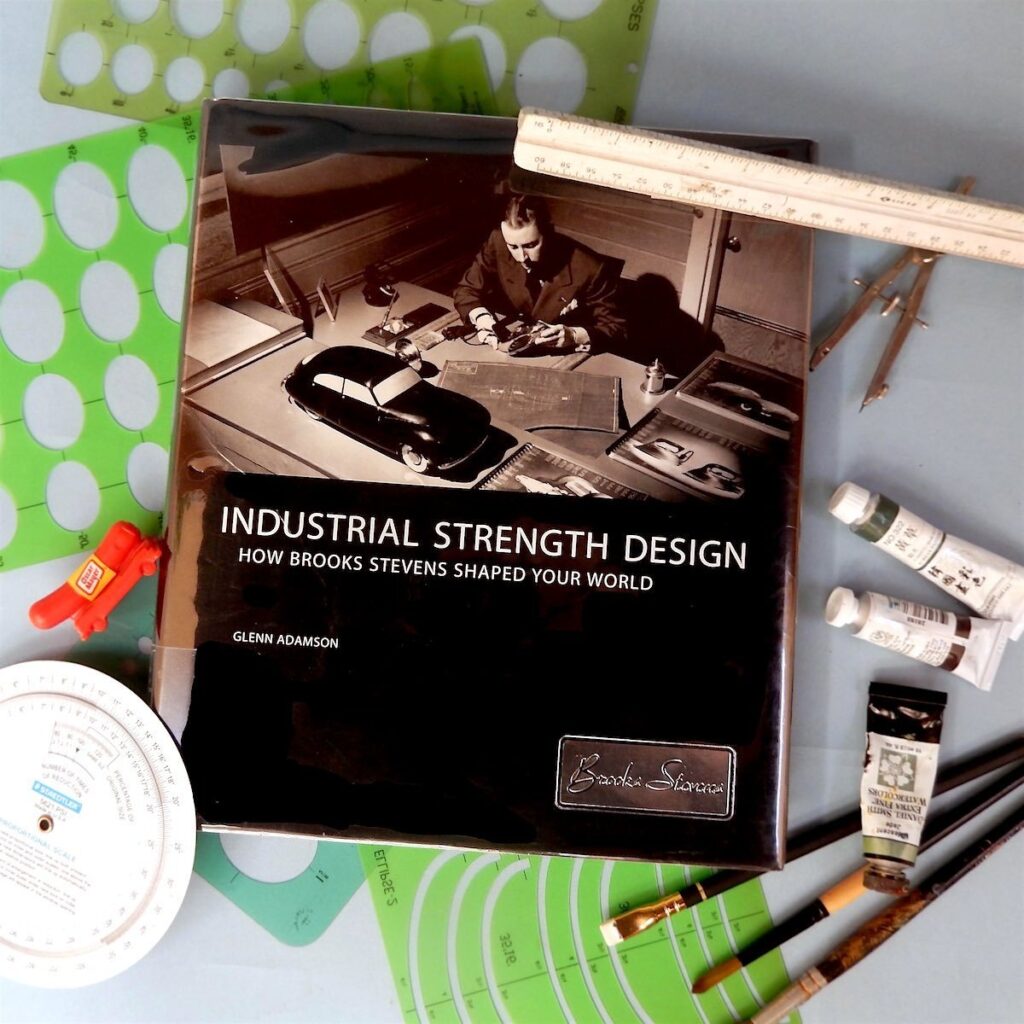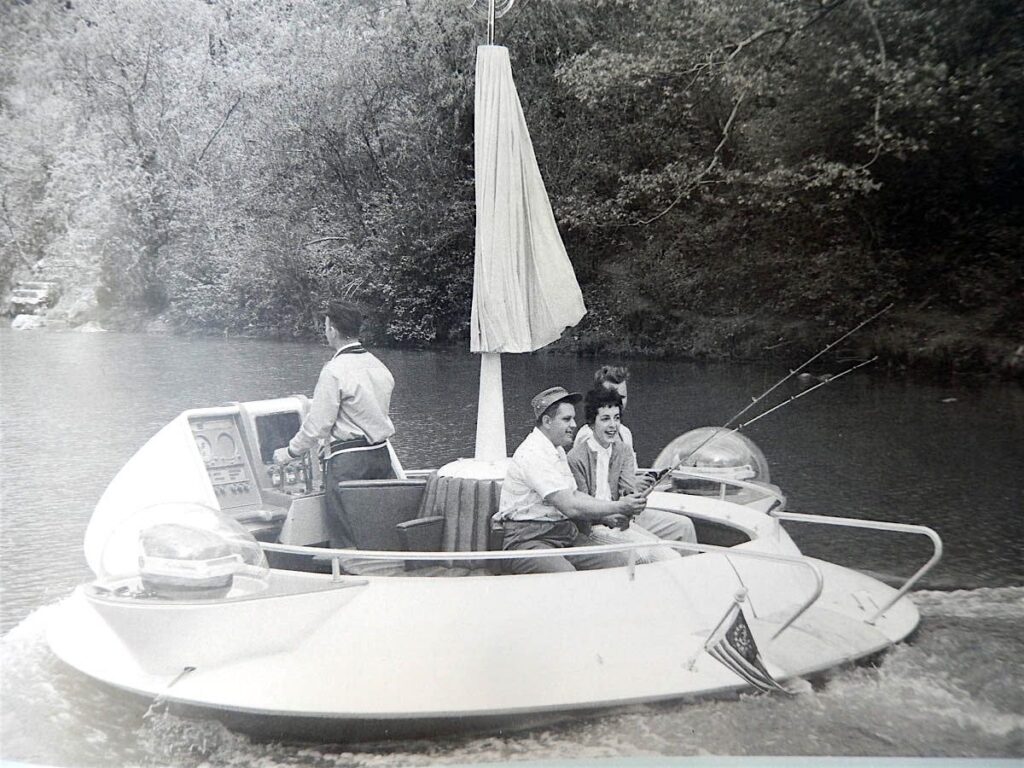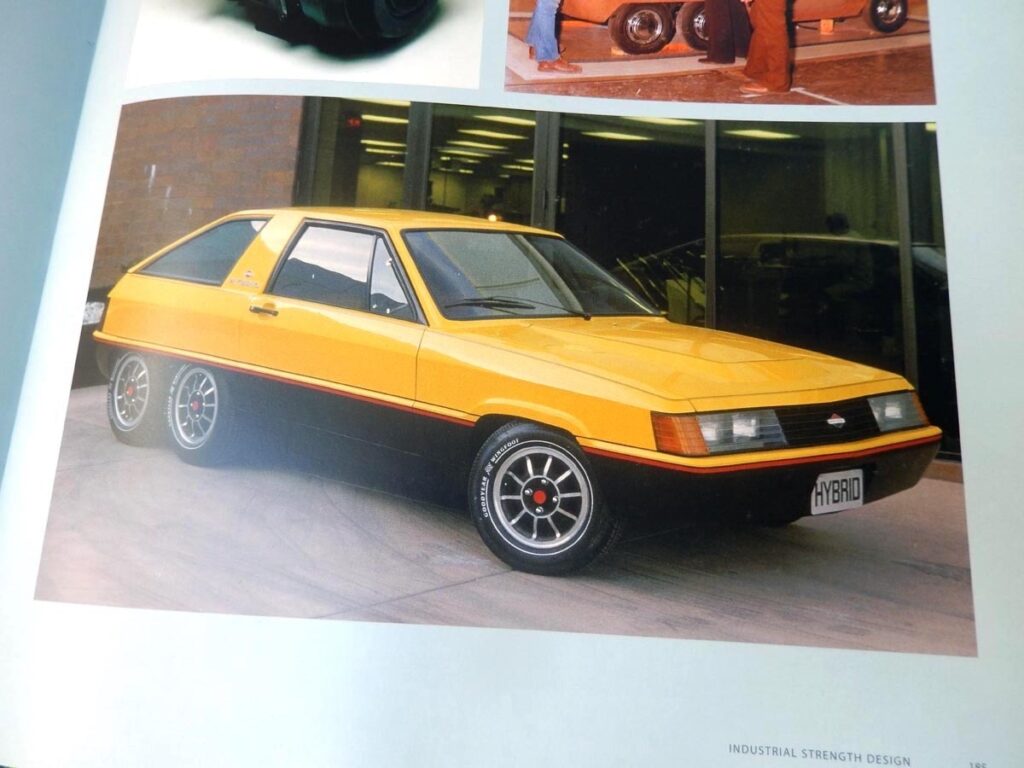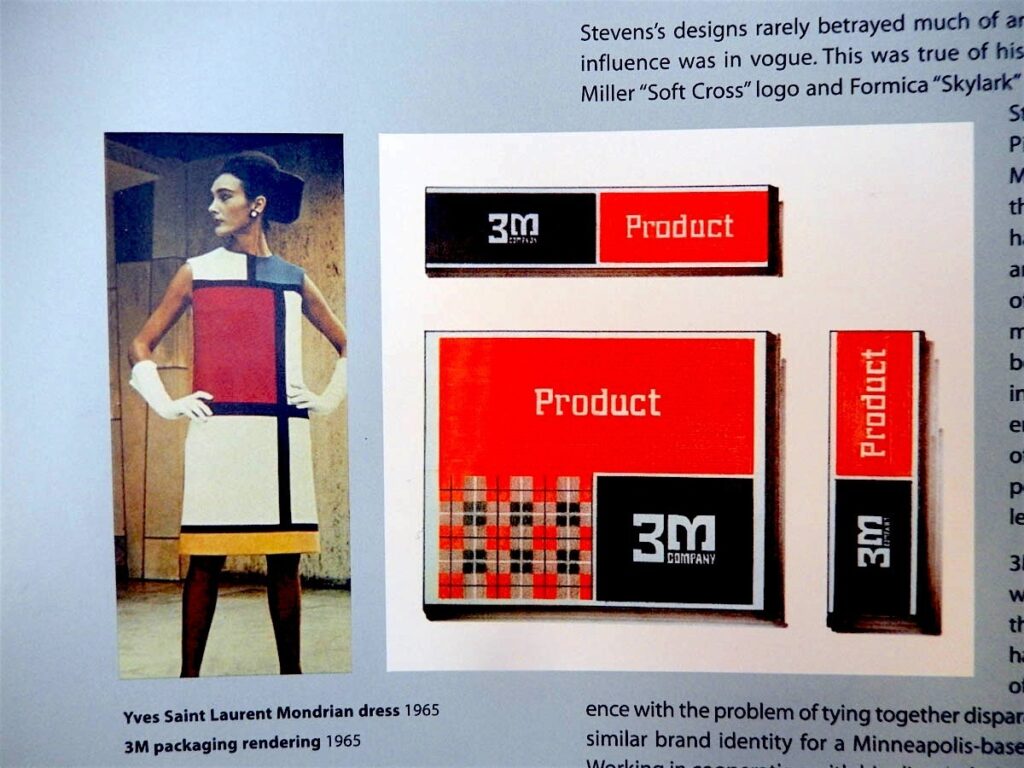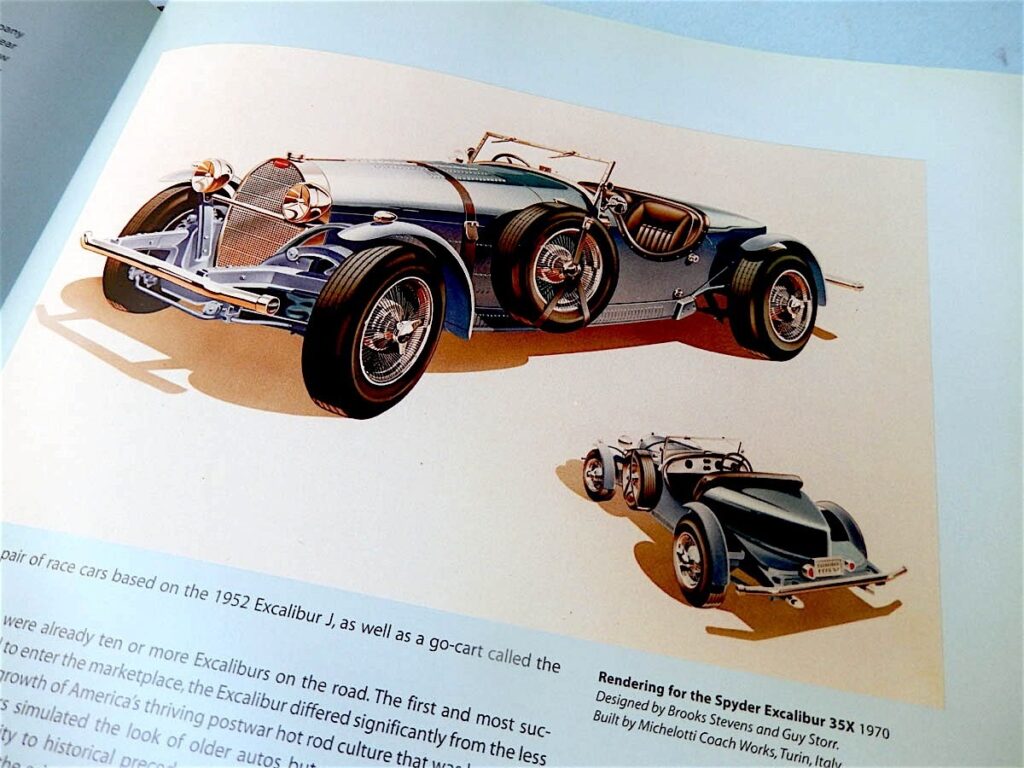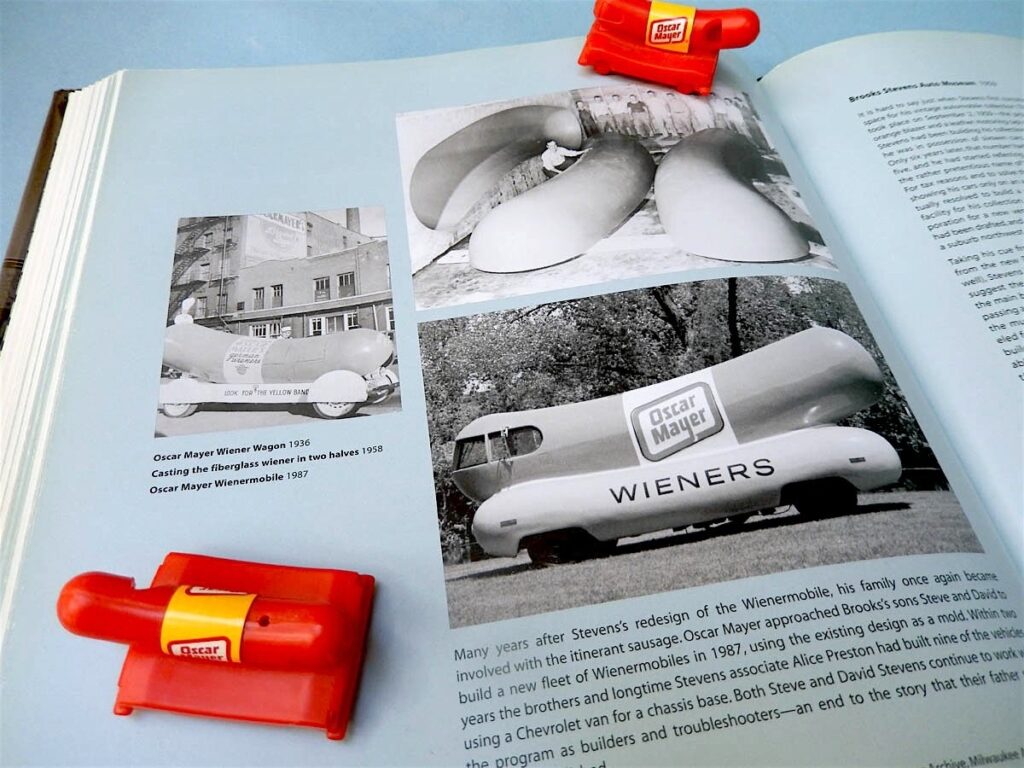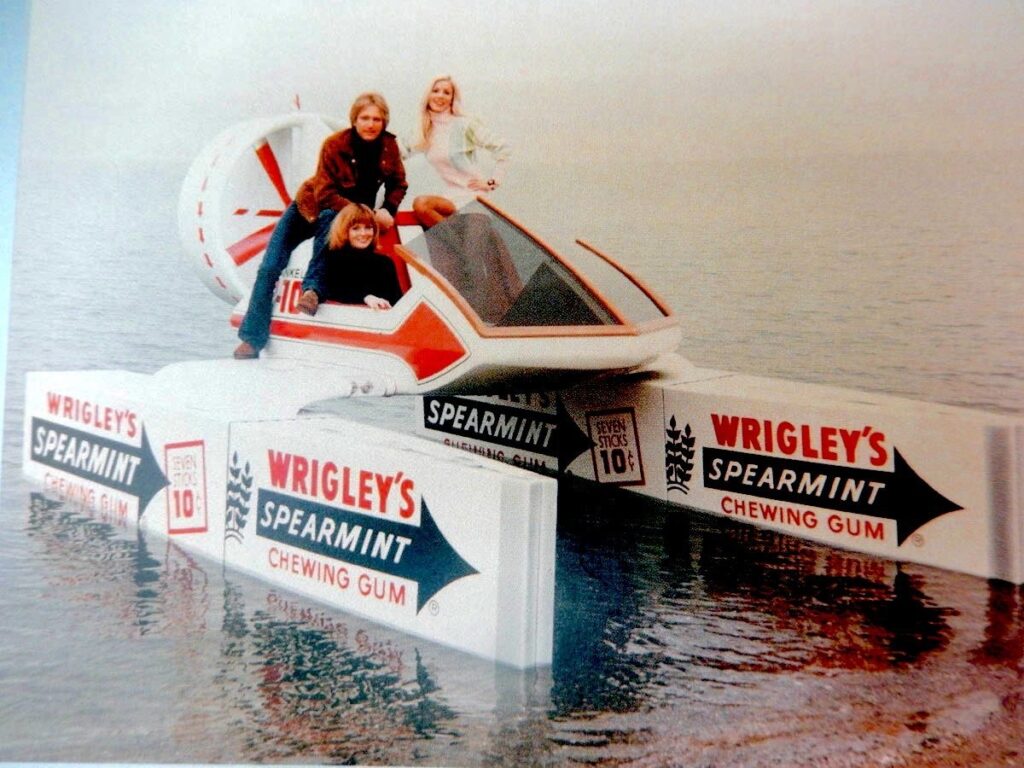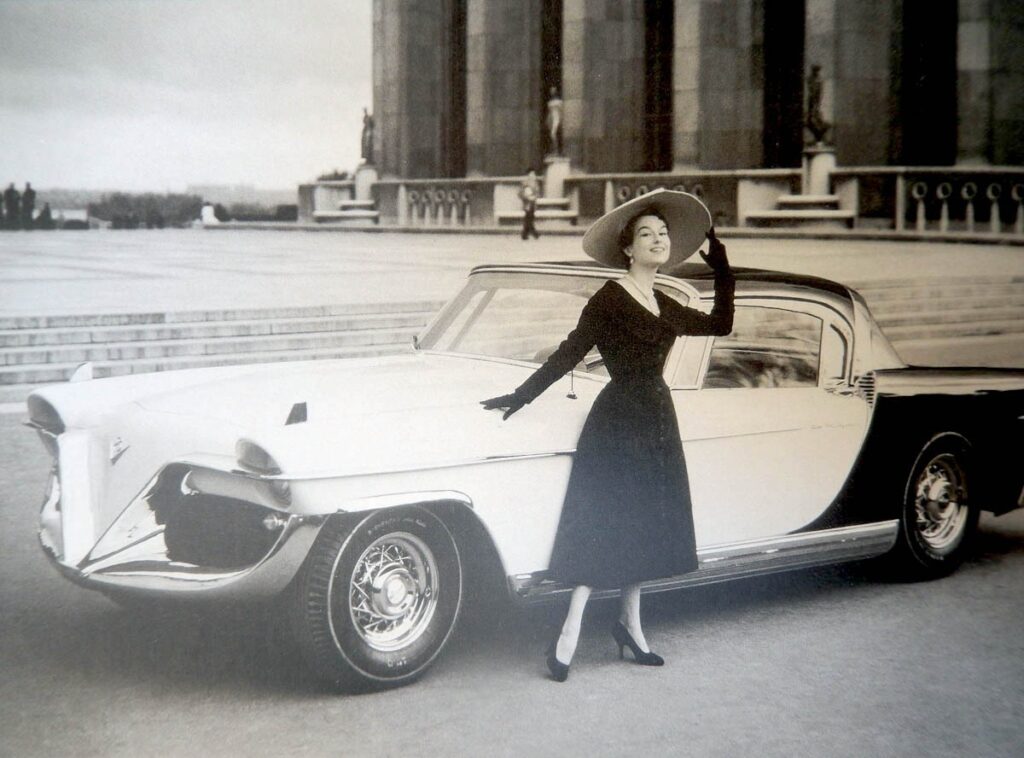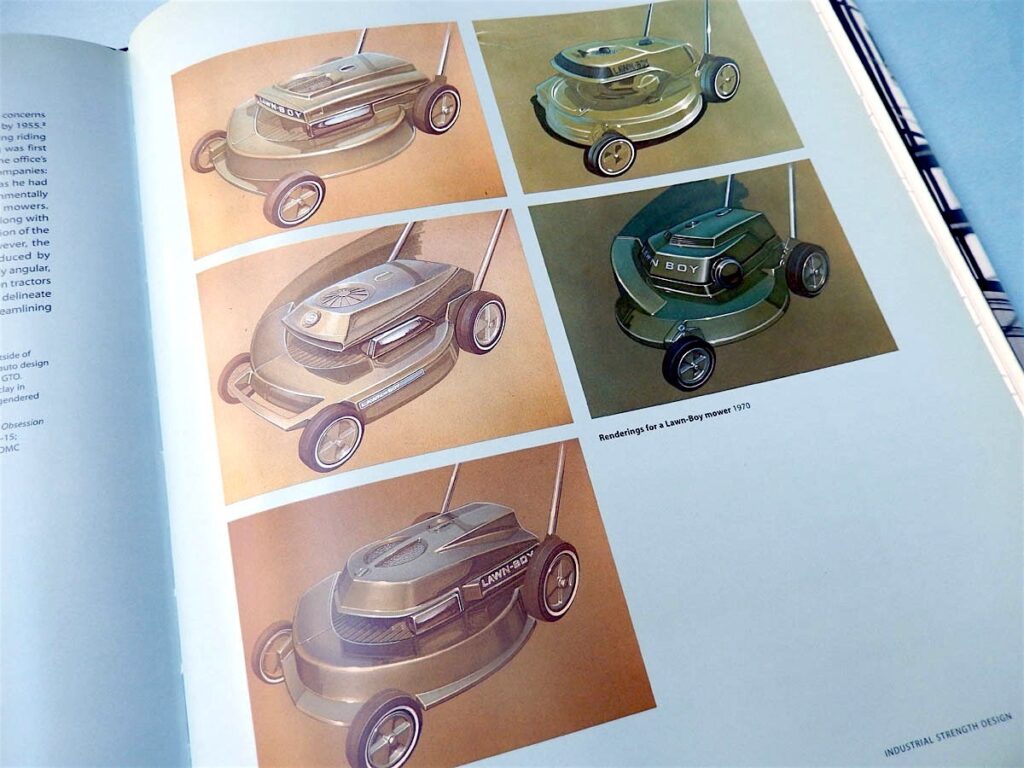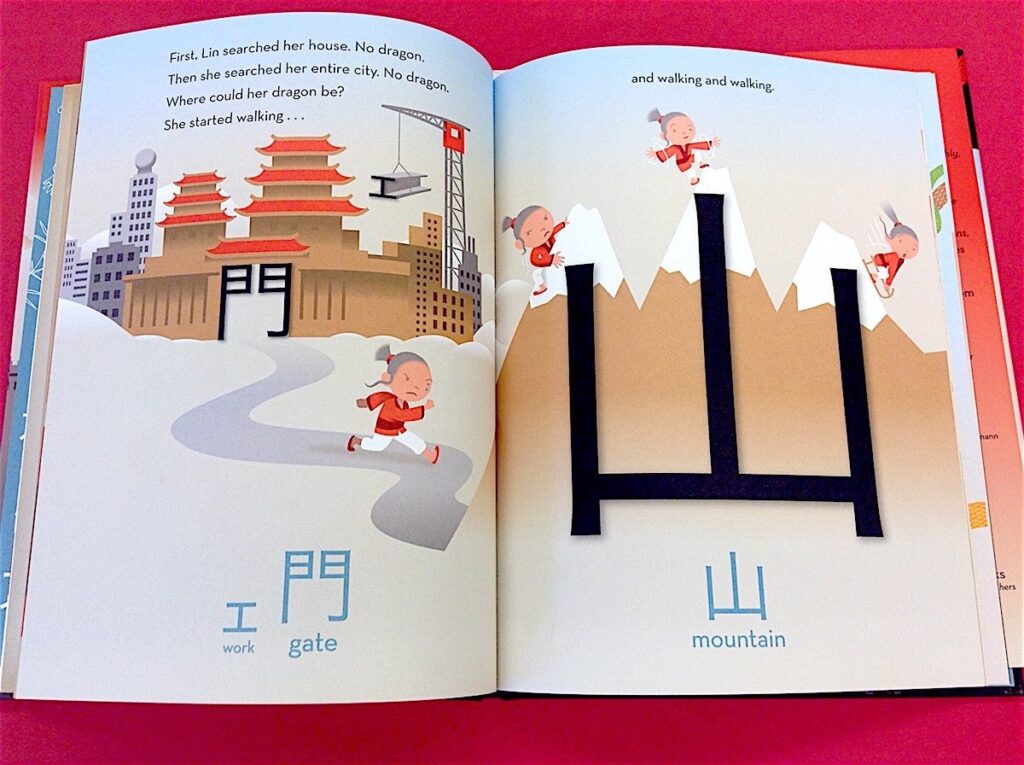The Geek Atlas
Science tourism hot spots
I am always looking for offbeat educational places to visit on my travels. The Geek Atlas has rounded up 128 great candidates from around the world. The Atlas calls them “places where science and technology come alive.” I think of these destinations as places that make you think. The possibilities run the gamut from birthplaces of famous inventors and scientists (yawn) to really cool tours of working technological systems (a nuclear power plant, a dam turbine, a solar furnace) to a spectrum of interesting but little known museums, to just cool places like the prime meridian. A lot of these destinations are in the US and UK, but a fair number hail elsewhere. In addition to a description of a destination, author Graham-Cumming writes up a page explaining the key concept behind each spot. I’ve visited a dozen of these science hot spots and they are well worth a short detour, or in some cases a trip just for the purpose. You could probably fill another volume of brainy tourist traps missed by this book: I predict a sequel.
10/19/09Excerpt
Solucar PS10 Power Station, Sanlucar la Mayor, Spain
The tower is at the center of a field of heliostats (mirrors that track the movement of the Sun) that focus the bright Spanish sunlight onto a receiver near the tower's top. The reflected sunlight is so intense that water vapor and dust in the air glow white. All that's needed to complete the scene is a maniacal James Bond villain atop the tower.
This tower is at the center of the Solucar PS10 power station. At the top of the tower is a solar receiver that is heated by sunlight to create saturated steam at 257°C. The steam is then used to drive a turbine that generates electricity. Make sure you're wearing sunglasses when you look up to the top; the tower's brilliant white glow is very intense.
*
Taipei 101, Taipei, Taiwan
The 660-Tonne Golden Ball
The Taipei 101 is the tallest occupied building in the world, with 101 floors overlooking Taipei's business district. But Taipei is prone to both typhoons and earthquakes, so the skyscraper contains a 660-tonne, gold-colored pendulum near the top to prevent the building from swaying and vibrating. It is the largest and heaviest such pendulum in the world.
Many skyscrapers contain such devices, called tuned mass dampers, for the same purpose, but the Taipei 101 pendulum is unusual because it is on public view. It hangs between the 87th and 91st floors, and there are public viewing areas on the 88th and 89th floors. It's even visible from the restaurant and bar. Two other tuned mass dampers, located in the building's pinnacle are not on display and are tiny by comparison: they weigh only 6 tonnes each.
The ball is made of forty-one 12.5-centimeter steel plates welded together for a total size of 5.5 meters. It is attached to the building by eight steel cables, each capable of supporting the ball's entire weight. In normal use the ball can move up to 35 centimeters in any direction and cuts building vibration by 40%. In a major typhoon, the ball is designed to move up to 1.5 meters; hydraulic bumpers below the ball absorb its energy and prevent it from moving too far.
When the building sways in one direction, the ball opposes the movement by swinging the opposite way. The movement of the ball pushes (and pulls) on the hydraulic bumpers and causes them to heat up, absorbing the energy from the motion of the building. The pendulum is tuned by adjusting the length of the cables holding it. By changing the period of the pendulum (the time it takes to swing back and forth), it can be tuned to match the motion of the building.
*
Nevada Test Site, NV
At the Nevada Test Site, more than 1,000 nuclear explosions were set off between 1951 and 1992. The site contains over 3,600 square kilometers of dry lake beds and mountains, about 100 kilometers northwest of Las Vegas. Once a month, the U.S. Department of Energy provides a free, day-long tour of the Nevada Test Site's bomb craters, ground zeros, and test paraphernalia.
The tour covers around 400 kilometers of the nuclear explosion-pockmarked landscape: of the 1,021 nuclear explosions at the Nevada Test Site, only 126 occurred above ground; the rest were underground tests that left the site cratered. The largest crater of all, the Sedan Crater, is the highlight of the tour. It's almost 400 meters wide and 100 meters deep.
The Geek Atlas: 128 Places Where Science and Technology Come Alive John Graham-Cumming 2009, 542 pages $20






